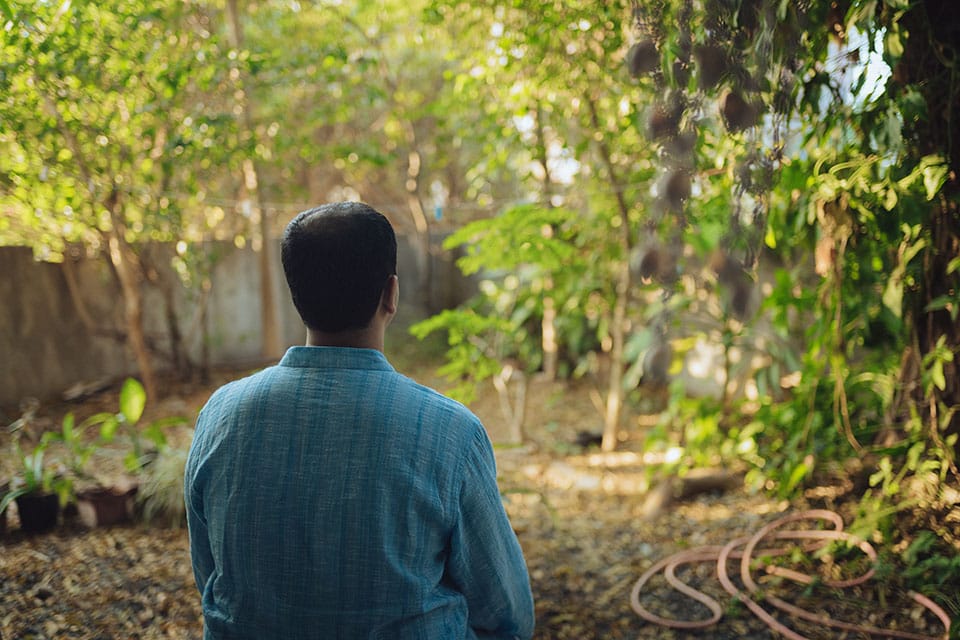About Us

About Jamin

Jamin Warren founded Killscreen as well as Gameplayarts, an organization dedicated to the education and practice of game-based arts and culture. He has produced events such as the Versions conference for VR arts and creativity, in partnership with NEW INC. Warren also programmed the first Tribeca Games Festival, the groundbreaking Arcade at the Museum of Modern Art, and the Kill Screen Festival, which Mashable called "the TED of videogames." Additionally, he has served as an advisor for the Museum of Modern Art's design department, acted as cluster chair for the Gaming category for the Webbys, and hosted Game/Show for PBS Digital Studios.
About Killscreen
As seen in






Founded in 2009, Killscreen started as Kickstarter project, turned into a magazine, and published a website, with some fits and starts in between. But we've always been games, play and culture into a publication that investigates how interactivity shapes contemporary life.
Our perspective stems from design. In our early days, we collaborated with MoMA's curator Paola Antonelli to help curate game objects for the exhibition Talk to Me: Design and Communication between People and Objects. This partnership redefined how we understand interactivity as a form of communication. We take this further, viewing interactivity as inherently conversational—systems that change and react to us over time.
We're particularly interested in how games intersect with other creative disciplines. The New Yorker called us "the McSweeney's of interactive media," while Time praised our ability to legitimize the medium through thoughtful criticism. This intersection isn't just about games borrowing from other mediums or vice versa—it's about understanding how interactive experiences speak the language of contemporary culture while adding their distinct voice.
Our writing prioritizes sensation and emotion over pure mechanics. While we appreciate technical innovation, we're drawn to works that engage multiple senses and provoke visceral responses. We pay special attention to artists who return to interactive mediums repeatedly, demonstrating sustained engagement with the form.
Our evolution mirrors the expanding role of interactivity in culture. What began as a print publication has transformed into a digital platform that examines how play and interaction manifest across art, technology, and design. We've organized the Kill Screen Festival (formerly two5six), collaborated with institutions like the Film Society of Lincoln Center and StoryCode, and committed to thoughtful criticism.
Today, we continue to document how games and interactivity shape human behavior. These systems predate written language and continue to predict future modes of engagement—from social networks to virtual reality. Through careful criticism and documentation, we chart how play and interaction evolve alongside culture.
What Kind of Games We're Looking For
I'm looking for three things with games as an art form:
- Brevity: Games should long as they need to be, but in line with other art forms
- Visually Compelling: The work should be distinctly authored and not lean on genre tropes to convey meaning.
- Intertextual: I've beat this drum a lot. Games should be in dialogue with culture, not just other games.
